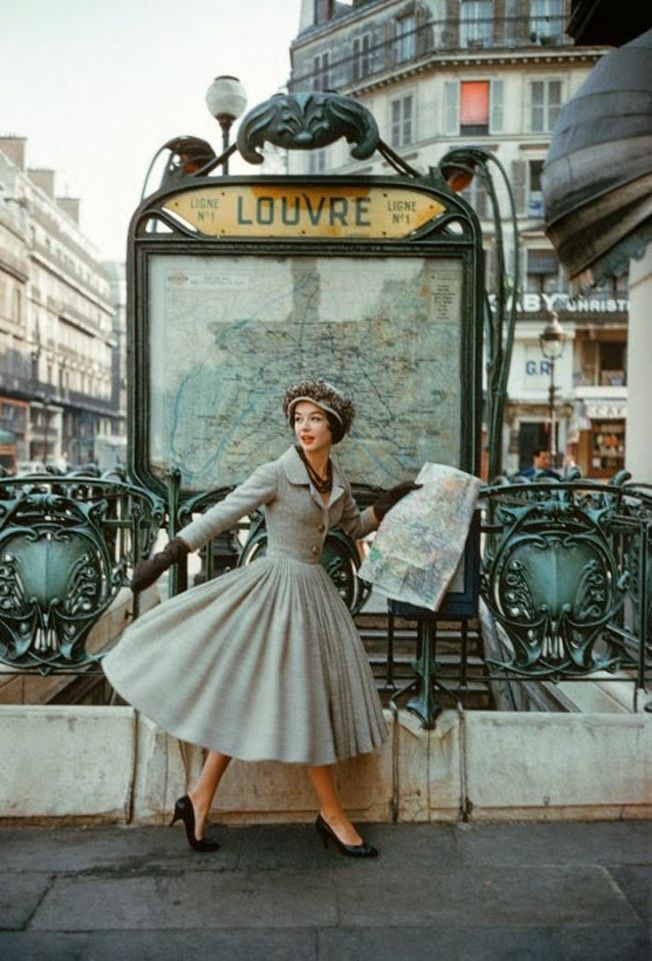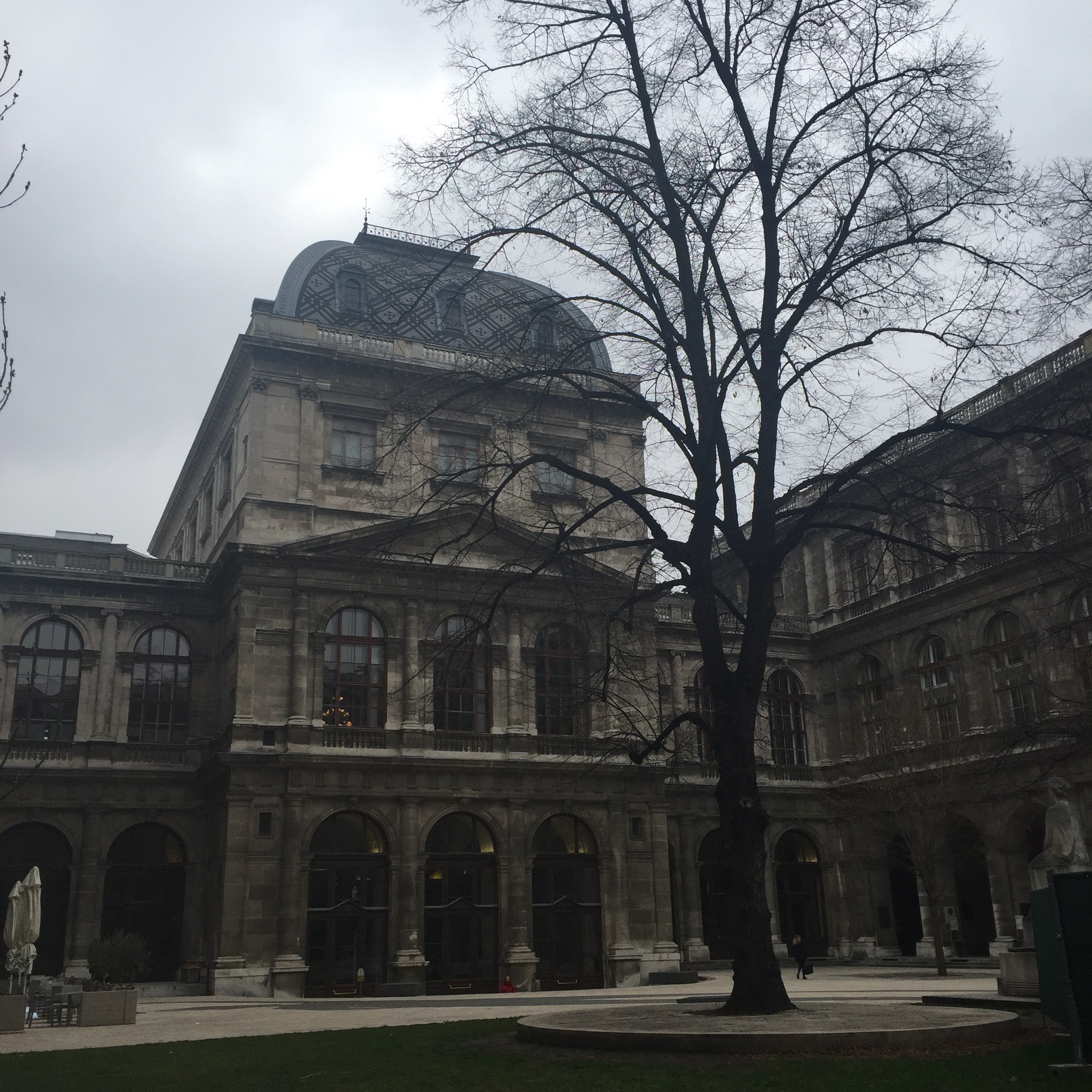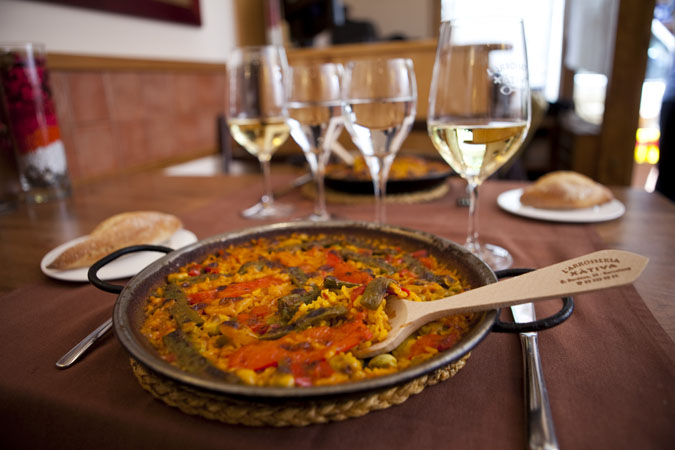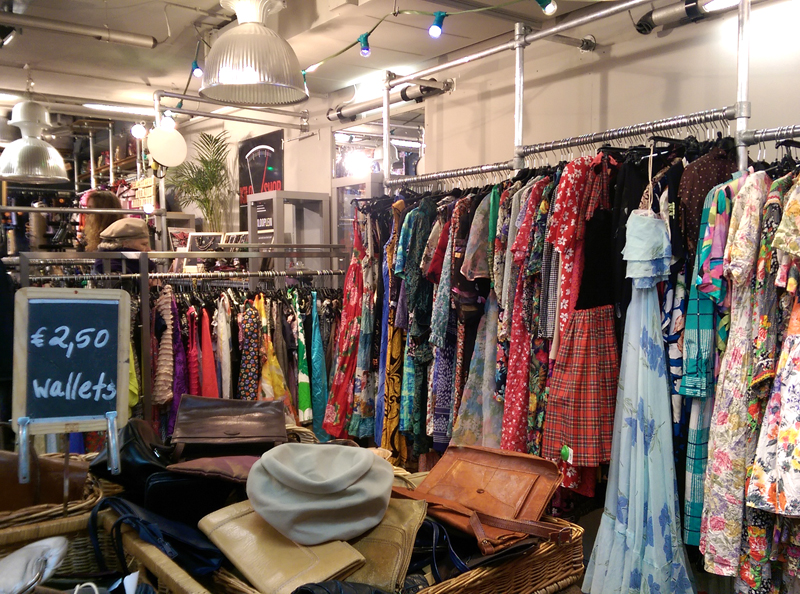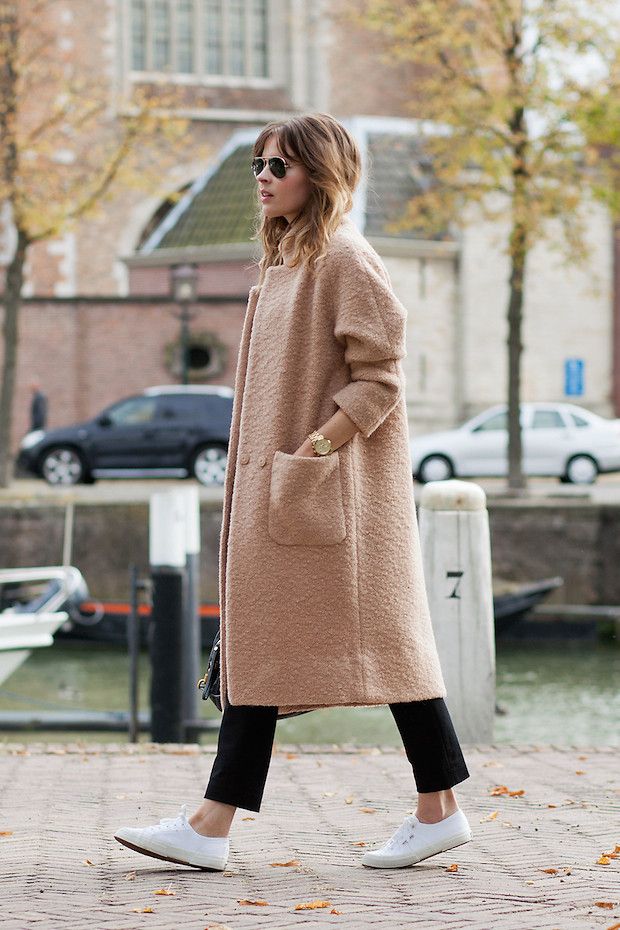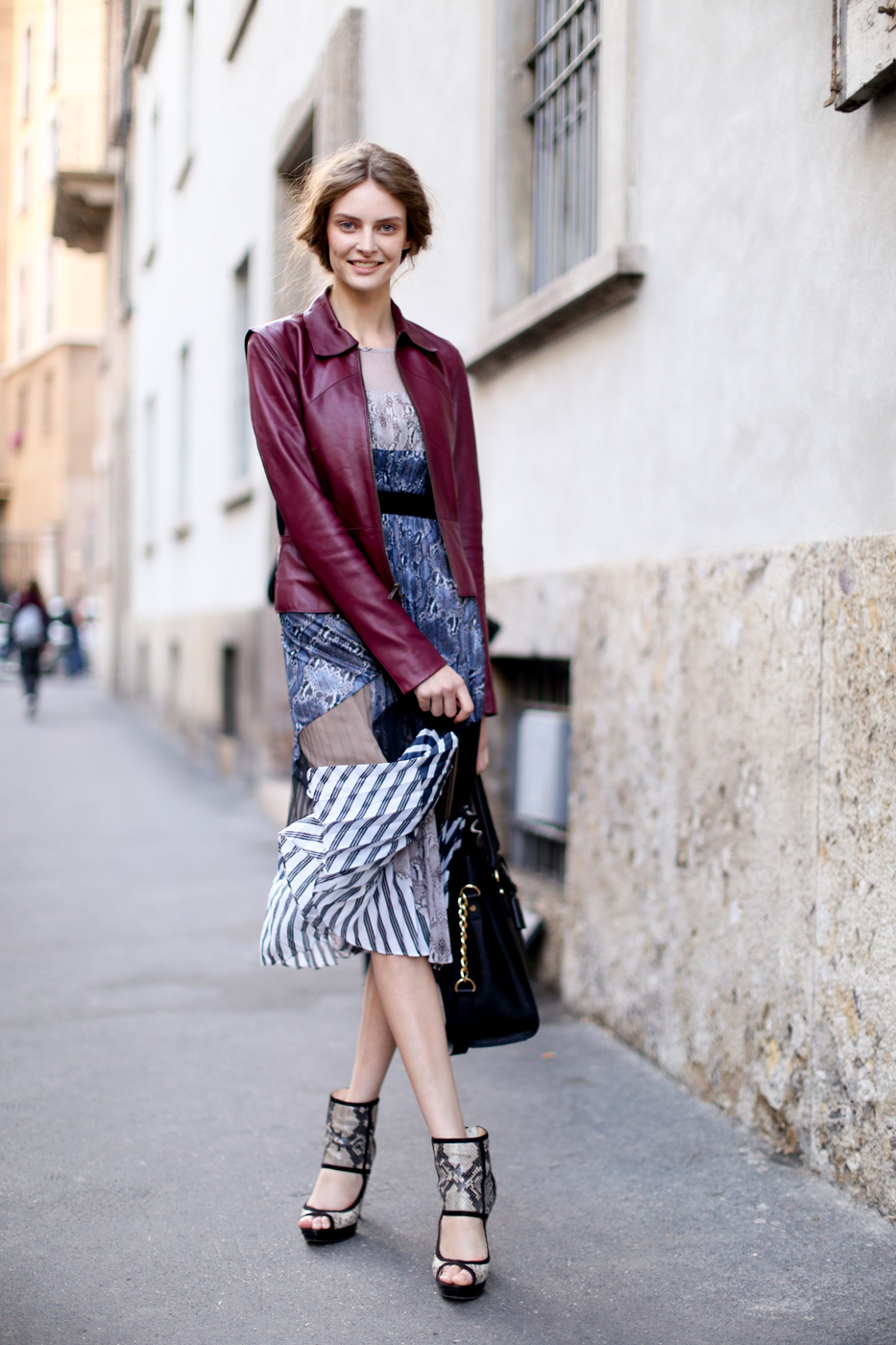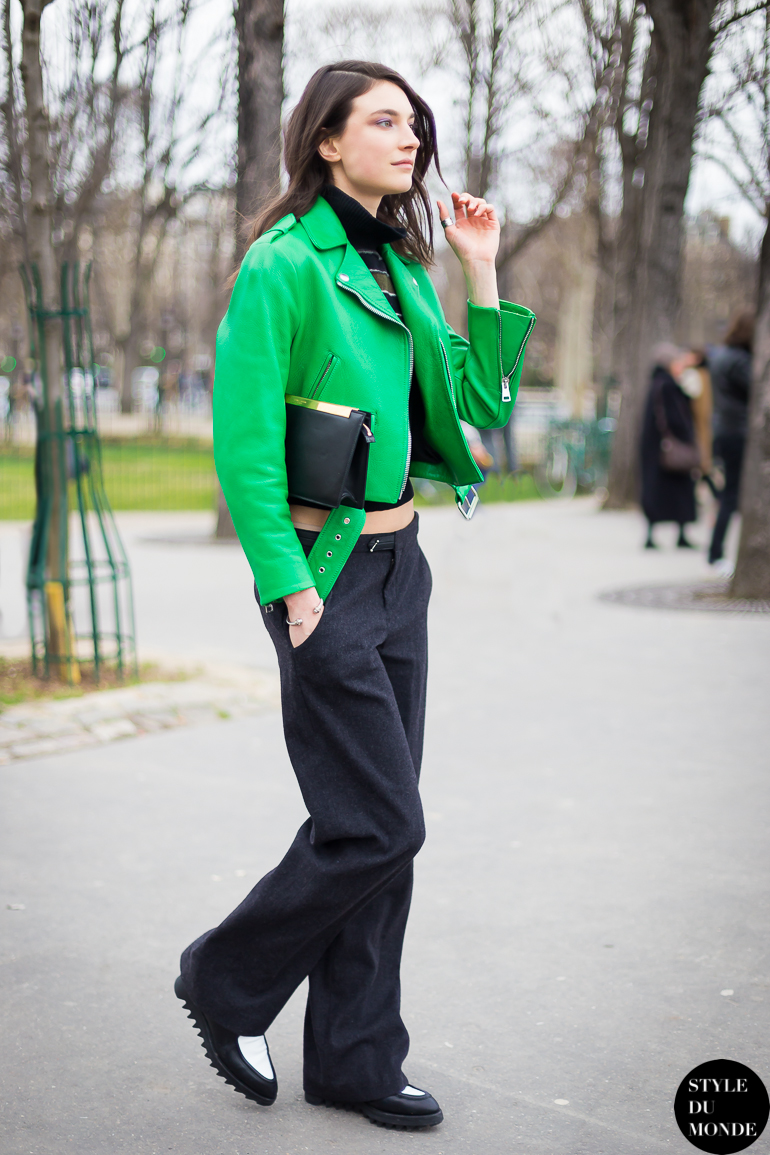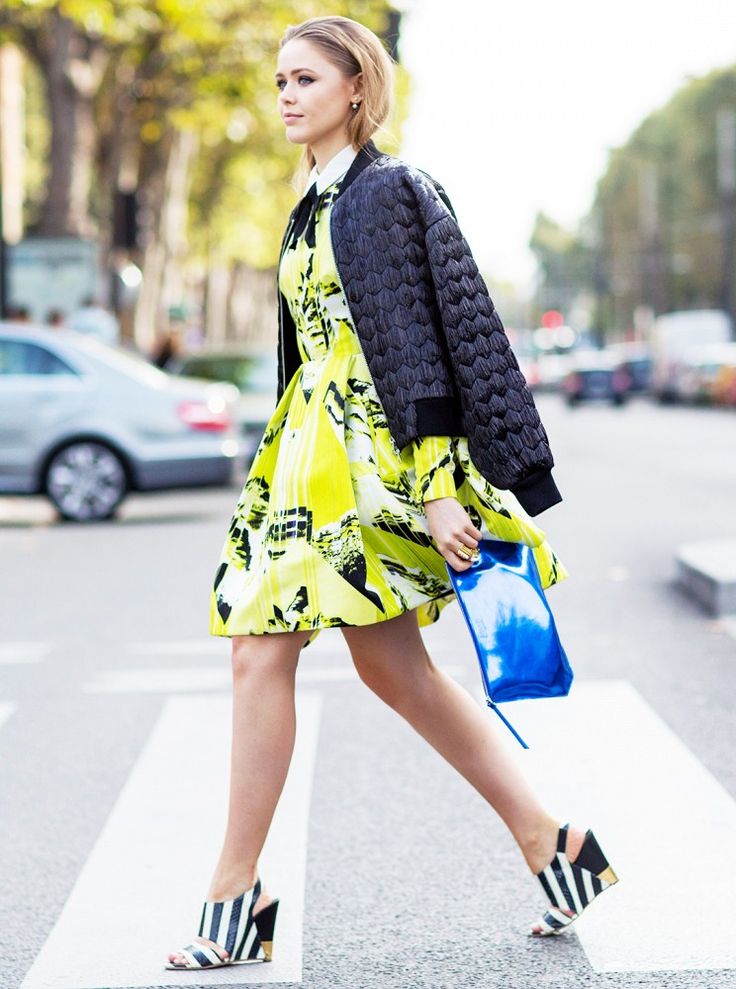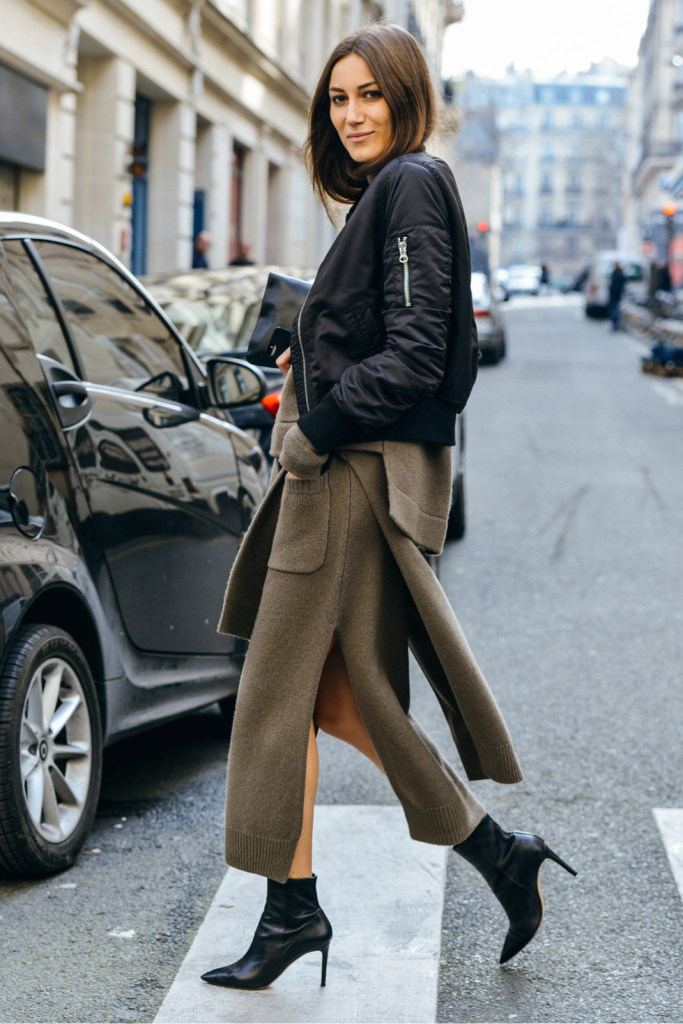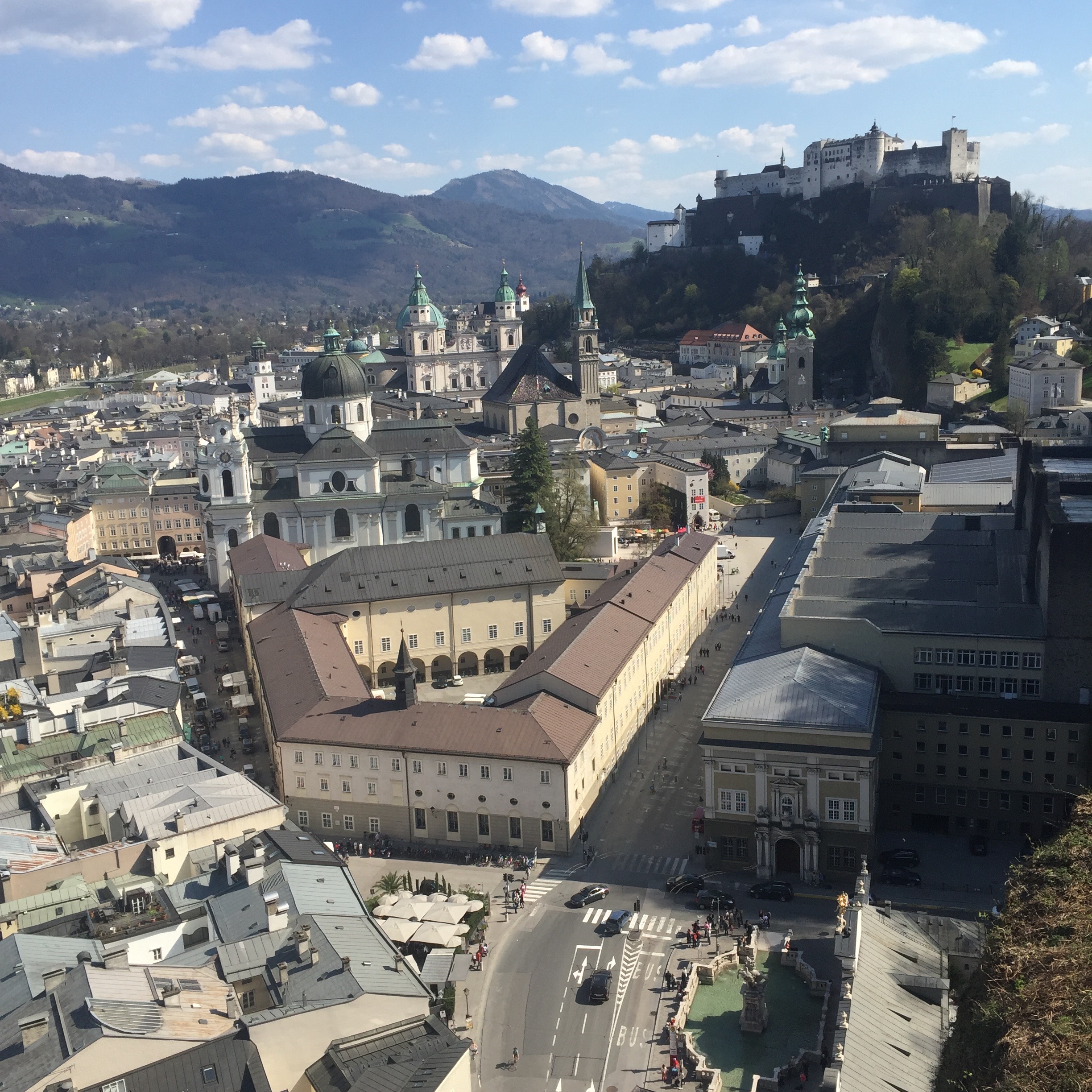Thinking of traveling soon or studying abroad next year? Keep reading for some tips and tricks on how to make the most of your time and money abroad, while still making some incredible memories along the way!
image via
✅ Master public transport early on
You can save yourself a lot of money by buying monthly or longer term passes for the metro, tram or bus. Most European cities have entirely integrated transportation systems, so take the time to invest in an actual card or pass that grants you access to all manners of public transport. It can never hurt to carry an actual transport map around with you either (most transport stations will have free, compact ones lying around), and Google Maps can be a serious lifesaver if you're trying to get from point A to point B in an unfamiliar environment. And don't forget to do your research beforehand–a handful of countries don't have ride-shares like Uber or Lyft and public transport may not run 24/7.
Regardless of where you are, but especially on public transport, beware of pickpockets in crowded places. Stash important documents, cards, money and belongings in multiple places so that in the event you are pick-pocketed, you don't lose everything in one go!
✅ Check for student deals on ticket prices and transport ahead of time
image via
For certain museums and attractions, students can actually visit for free on certain days or for a reduced fare, so always carry your student ID with you! You can also cop cheaper tickets from certain transportation companies depending on your age, so always take the time to filter through all the age/occupation options when booking tickets for your next flight or train ride.
For booking the cheapest transport tickets, be sure to check out sites like skyscanner, which can find you tickets to "everywhere" if you're ever at a loss on deciding your next travel destination. The feature will generate a list of the cheapest cities you can fly to and makes for easy travel planning. It can actually be cheaper sometimes to fly to certain cities and take local transport to neighboring cities and villages rather than booking a direct flight. And never forget to read the fine print! For certain companies like Eurostar, for example, you are expected to show up for security check-ins and border control at least thirty minutes prior to your departure time.
✅ Share Airbnb codes with friends
Oftentimes, splitting the price of an Airbnb amongst five friends is cheaper than booking a bed in a hostel–you can also skip the anxiety of sleeping in a room with nine other strangers. Be sure to consult a map so you don't rent a place that's actually in the middle of nowhere, and save money off your next rental by sharing discount codes with friends who are new to the service.
✅ Pack lightly
image via
For impromptu weekend excursions and day trips, I would definitely recommend sacrificing style for comfort and mobility by cramming only the essentials into a small backpack or duffle. Even a carryon suitcase can become a hassle when you're frequently on-the-go. If you're only going to be visiting a city for a couple of days, you really only need to bring the essentials. If you don't have to check bags, then by all means don't! I've heard plenty of nightmare stories about luggage being stolen from buses, planes and the like. For more packing tips, check out our article here for all of our recommendations!
✅ Don't be afraid to cook for yourself
Dining out all the time will get tiring and expensive pretty early on in your travels. Familiarize yourself with all the local grocery stores and stock up on quick and easy breakfasts and fool proof dinner staples. You'll save a ton of spending money for lunches and weekend culinary adventures in the process and cooking dinner with friends can become a fun break from homework (which you will still have even during study abroad).
image via
✅ Befriend locals for the best insights
Strike up conversations with your local barista, doorman or bus driver for the best shopping and dining recommendations. Locals really do know best and I've gotten some of the best tips from friendly people who have lived in the city for years and had the time to curate their list of favorite coffeeshops, bars and neighborhood sights in the process. Some of my most memorable meals and nights out have occurred at hole-in-the-wall joints and speakeasies tucked behind the most unassuming facades.
Feature image via
